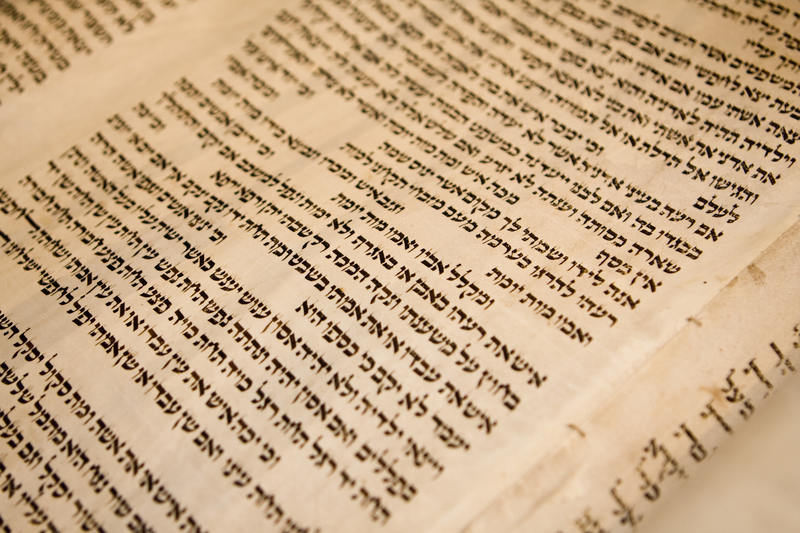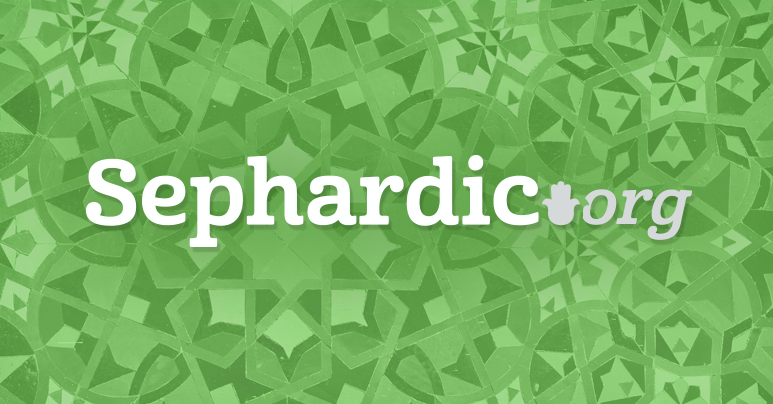
It appears obvious that it is essential for all to familiarize themselves with 36 of the verses in our Parasha in order to properly satisfy certain rulings found in Shulhan Arukh (OH - 94). The Talmud in Berakhot (36) and Baba Batra (25) cite a number of opinions regarding the direction one standing outside of Eres Yisrael should face or focus on while praying the Amida. It appears to me that Maran adopts and synthesizes two of these opinions in his Halakhic Code.
While he rules that physically one should be facing Eres Yisrael, as per the view of the Amora R. Hanina, this he writes, does not satisfy the Halakha! One must also project and envision himself facing west as if he is standing in front of the Kodesh Kodashim - The Holy of Holies. Furthermore, R. Yishak in Baba Batra notes that if one desires wealth he should direct his thoughts northward; if wisdom is desired then his focus should be southward. It is apparent to me that these directives of North/South are also intended for he who projects himself initially facing towards the west.
Spiritually Facing the Aron - West
If one is required to envision himself at a location facing the Holy of Holies, it is crucial for one to take note of the surroundings. In addition, it is important to learn what one is required to focus on while spiritually standing in that place. In chapter 25, verses 10-21 the Torah details the Aron (Ark) and its cover of which we are told later on in the Parasha are to be housed in the Holy of Holies. Evidently, it is this Holy Vessel which is to serve as the initial focus of one at the beginning of his Amida prayer.
If I may; I would like to assert that the ruling should include that one focus his thoughts between the two Keruvim (cherubs) which were on the Aron cover. This according to verse 22 served as the focal point for the prophetic experience. My assumption is based upon the fact that the Amida prayer is spiritually associated with prophetic communication.
Spiritually Facing the North - the Shulhan
Those who desire wealth must turn their attention and focus on the Shulhan - Table which is situated on the northern side of the Holy ( Hechal). Verses 23-30 detail the construction of the Shulhan with the final verse enjoining that the Lehem HaPanim - ShowBread be set before Hashem always. According to the Talmud in Menahot (28), this means that before the old bread was removed from the Table, the Kohanim placed the new bread upon it.
Naturally the ShowBread were not needed by Hashem, rather they act (even today) as the medium through which all other food is blessed. Based upon the commentary of R. S.R. Hirsch I would like to assert that real wealth can only be attained when in addition to its physical construct the meditator focuses on how the idea of brotherliness is impressed upon the shape, preparation and layout of the bread on the Shulhan. One of the noted examples in his commentary includes how the weight of the upper loaves are prevented from crushing and breaking the shape of the lower ones. It behooves us to study these ideas of love of our fellow embodied in this vessel in order to make use of it as a vehicle for prosperity.
Spiritually Facing South - the Menorah
Those who desire wisdom, must turn their attention southward to envision before them the Menorah and its details. Hashem doesn't need its light; rather it is (even today) to serve as a medium through which all light-wisdom is blessed. Verses 31-40 of the 25th chapter detail its construction. One important facet is that according to the Talmud in Menahot (28) the Menorah was made from a single gold bar; evidently a Holy Vessel that is fragmented in its essence cannot be a conduit for wisdom. True wisdom - must be holistic.
In addition our Sages teach in the same Talmudic source that the seven branches are mutually indispensable as are its seven lamps. Hence the absence of one branch or lamp invalidates them all. That which fills the lamps also reflects wisdom as we see from the Talmud in Horayot (13) that pure olive oil has the power to return the learning of seventy years. Thoughts of unity are imperative as the meditator envisions himself in the Holy (Hechal) seeing the Menorah to his south with all of its details.
Make Sure we Know the Location of the Vessels
There are five verses in Chapter 26 of our Parasha (31-36) that detail the location in the Mishkan (and later in the Mikdash) of each of these three Holy Vessels. As we have noted, familiarity with their spatial position and details of their construct are not optional! If we want to be in conformity with the Ruling of Shulhan Arukh, we should take the time to learn and incorporate the 36 verses and some of the ideas we shared into our thrice daily preparations to our Amida prayer.







